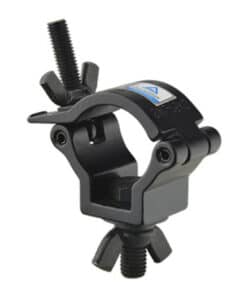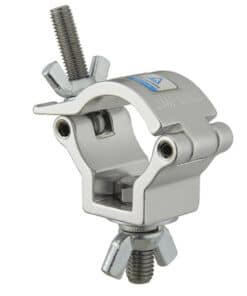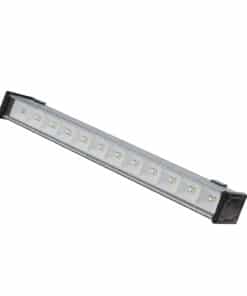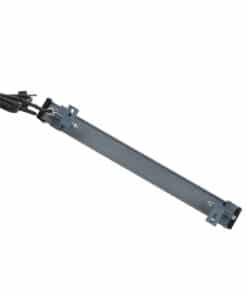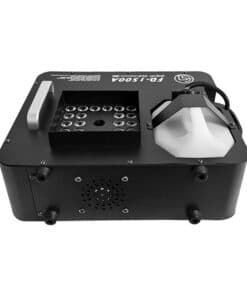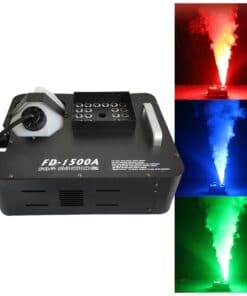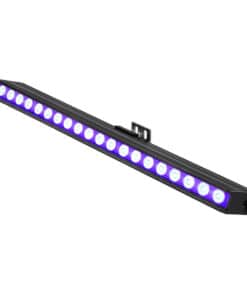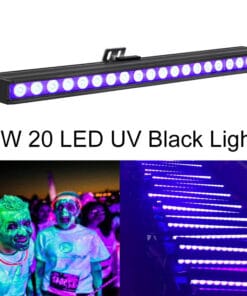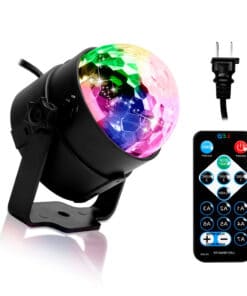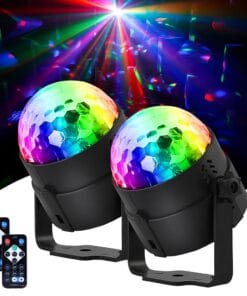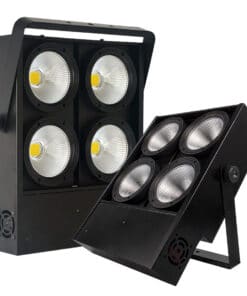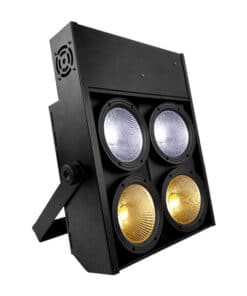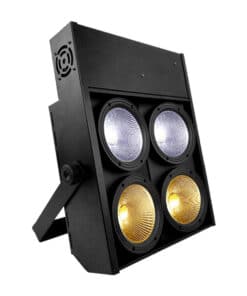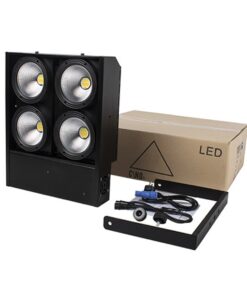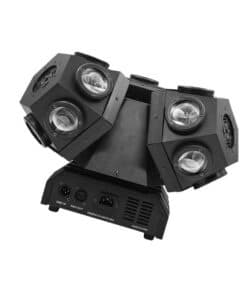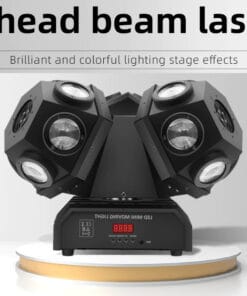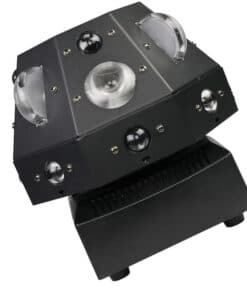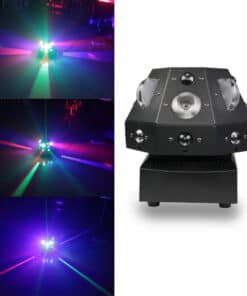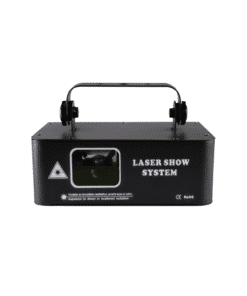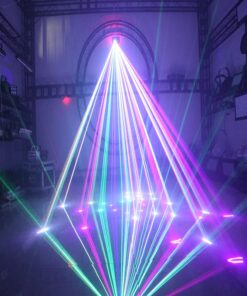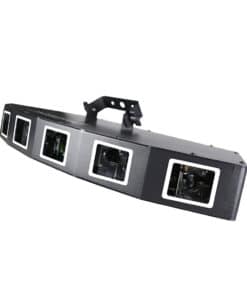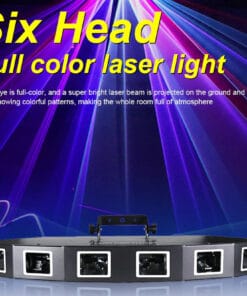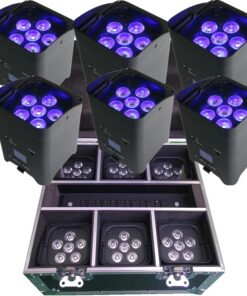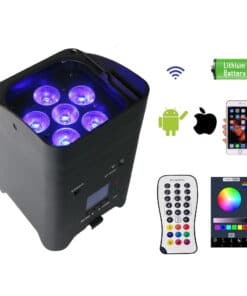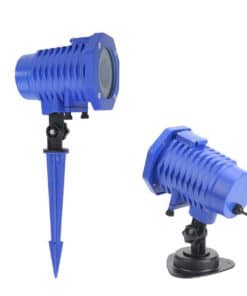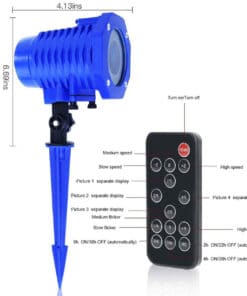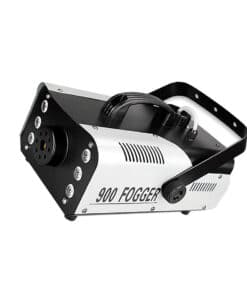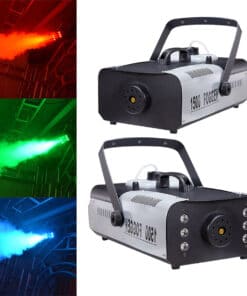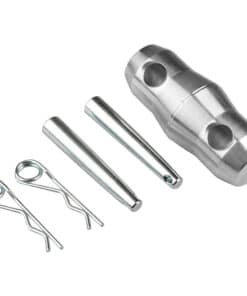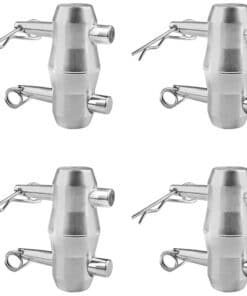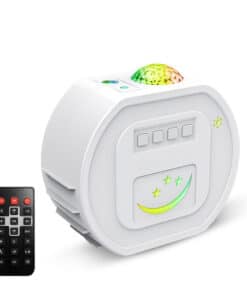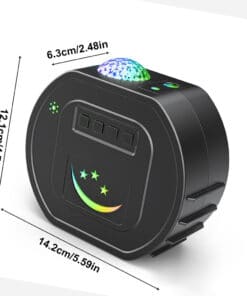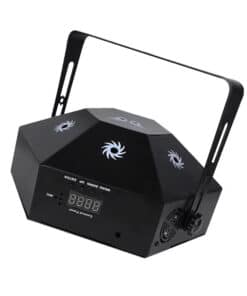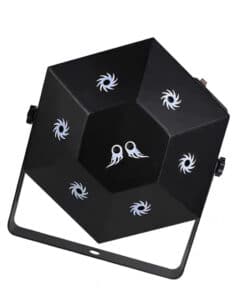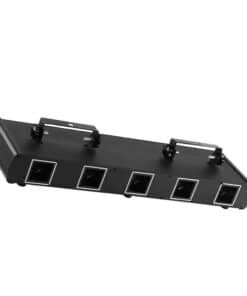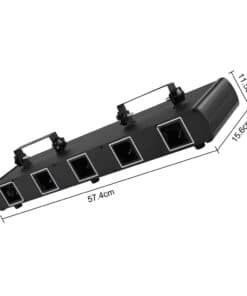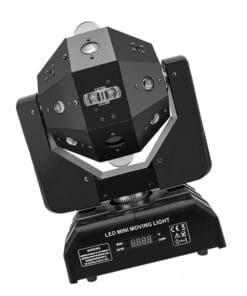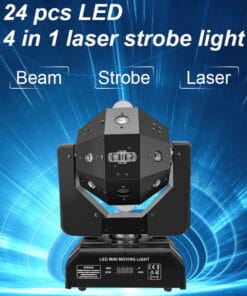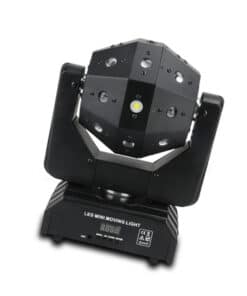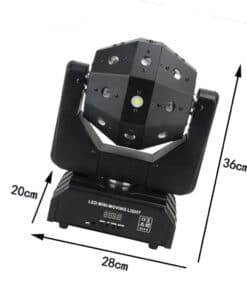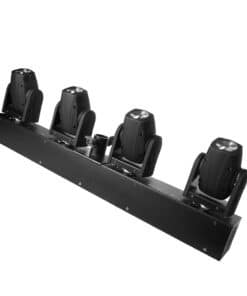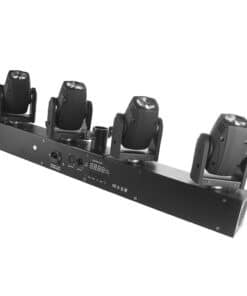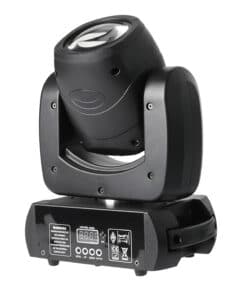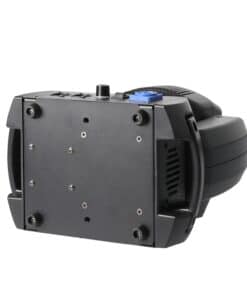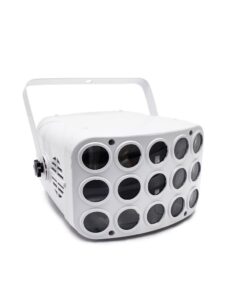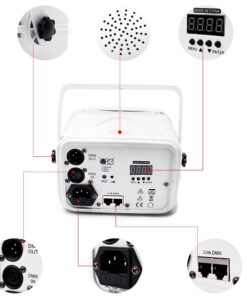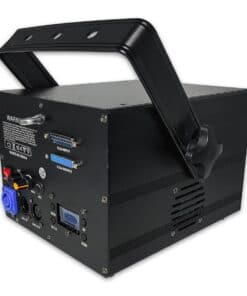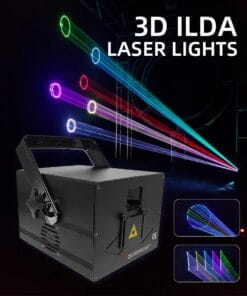Stage lighting
Buy Stage Lighting Online is an art form. It’s used to illuminate a performance venue and make an impact on an event, giving visual direction and shaping the environment.
The right stage lighting design can transform a good production into a memorable performance. Through the right angles, intensity levels, colors and textures, light can enhance a play, concert, musical, dance or worship service.
Stage Lighting Layouts
A critical part of stage lighting design involves the placement of your fixtures. How you layout your lighting matters, as it serves as the foundation for illuminating the stage during the production. Generally speaking, all stage lighting layouts involve a few fundamental placements. By using the right approach, you’ll be able to cover the vast majority of your needs quickly and efficiently.
Stage Front Lighting
Front lighting is just what it sounds like; it’s lights positioned to illuminate performers, set pieces, and props from the front. It ensures that everything is visible to the audience when the scene calls for it. Usually, front lighting is positioned slightly above the performer, so the light ends up pointed a bit downward instead of head-on. That way, the fixtures can be placed somewhat out of view of the audience, and the performers aren’t blinded by a light pointed straight at them. However, there are times when the lights may be placed lower. For example, lights situated at the front edge of the stage can be used to illuminate performers as well, with the light coming from the floor and pointed up. There are technically several options for front lighting. Every fixture can serve a unique purpose, though they typically work together to ensure that everything that you want the audience to see at any given moment is appropriately illuminated.

